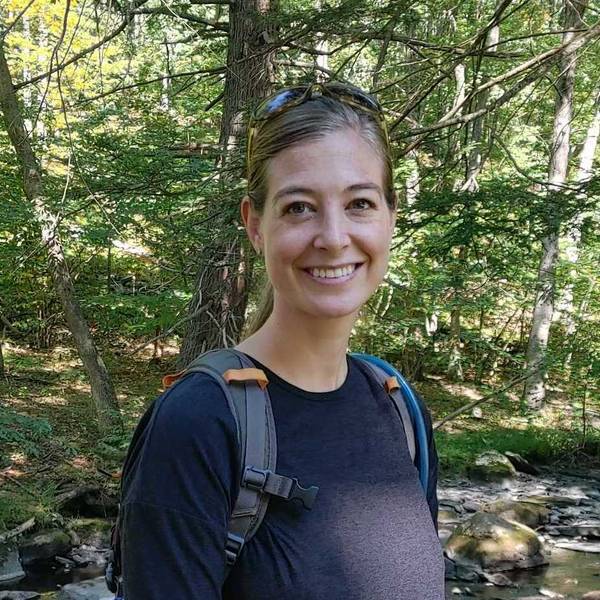Leaders reflect on a historic moment in America's history, 50 years later.
“We cannot walk alone.”
With those words, the Rev. Dr. Martin Luther King, Jr. urged a nation to recognize that the destiny—and the freedom—of all Americans is a shared one.
Today, we reflect on an August afternoon 50 years ago, when a quarter of a million people walked together, uniting in the March on Washington for Jobs and Freedom—a historic demonstration organized through a partnership of civil rights, labor, and religious organizations. They came to peacefully fight pervasive forms of racism and social discrimination and create new opportunities for jobs and justice in America.
At a time when many nonviolent demonstrations resulted in shocking, deadly violence, and racist Jim Crow laws affected the daily lives of African Americans around the country, people from all walks of life gathered to advocate for equality. Spurred by an unwavering belief in their power to create change, they came together in the heart of our nation’s capital, on the National Mall, considered by many to be the nation’s “town square.” The reverberations of the march, which ended in the Rev. Dr. Martin Luther King, Jr.’s landmark “I Have a Dream” speech, continue to echo through the culture and consciousness of the nation.
The impact of the walk from the Washington Monument to the Lincoln Memorial has lasted for decades, and it remains one of the largest political rallies for human rights in U.S. history. People arrived on thousands of buses from near and far and packed together on the National Mall, chanting, singing, praying, and waving signs. Ten prominent civil rights leaders spoke, and renowned musicians like Marian Anderson, Mahalia Jackson, and Bob Dylan raised their voices in song. The organizers promoted a comprehensive platform of social justice issues, including an end to school segregation, a federal law preventing discrimination in hiring, a higher minimum wage, and meaningful civil rights legislation. Many credit the march with the passage of the Civil Rights Act of 1964 and the Voting Rights act of 1965—two landmark pieces of legislation promoting racial equality in America.
In 1963, Representative Eleanor Holmes Norton of Washington, D.C., was a Yale law school student involved in the Student Nonviolent Coordinating Committee and helped organize the march. Asked to describe the day’s atmosphere, Rep. Norton notes that the march itself, to speak nothing of its impact, was a momentous feat. She says, “There had not been, in memory, a mass march on Washington.”
During the March, she stood at the center of the action—by the Lincoln Memorial. “As far as the eye could see there were people,” says Rep. Norton. “Nobody could have hoped to bring that many people to Washington from all backgrounds from all over the country.” She was, like others in attendance, “stunned by the beauty and the resonance of King’s speech.” She was moved by every speech that day. “It was one tour de force after another … They seemed fresh and new and bound to yield results of some kind.”
Fifty years later, it can be difficult to even recognize how significantly American culture has changed since the day of the march. Senator Ben Cardin of Maryland remembers attending elementary school in Baltimore when the city’s public schools were still segregated by race. He laments “how discrimination was not only condoned but, more often than not, actually encouraged…” So, while “Brown vs. Board of Education changed the law,” Sen. Cardin says, “the March on Washington changed minds, and brought a roaring voice to [the] need for racial equality and justice for all.
“For my generation, the words of Martin Luther King, Jr. resonate as deeply as the words of John F. Kennedy,” says Sen. Cardin. “Their calls to service crossed racial, ethnic, and gender lines.”
Many national parks help tell the story of America’s Civil War to civil rights journey, leading up to and following the March on Washington for Jobs and Freedom, including the Brown v. Board of Education National Historic Site in Kansas, the Martin Luther King, Jr. National Historic Site in Georgia, the Selma to Montgomery National Historic Trail in Alabama, the Little Rock Central High School National Historic Site in Arkansas, and many others.
By returning to the places where so many voices united to change history, national park visitors can better appreciate up-close what the march represented to Rep. Norton: “the crescendo in the civil rights struggle … it influenced all the great movements that followed. People realized, ‘If you want something from your government, you have to get into the streets to get it.’”
About the authors
-
 Katherine DeGroff Associate and Online Editor
Katherine DeGroff Associate and Online EditorKatherine is the associate editor of National Parks magazine. Before joining NPCA, Katherine monitored easements at land trusts in Virginia and New Mexico, encouraged bear-aware behavior at Grand Teton National Park, and served as a naturalist for a small environmental education organization in the heart of the Colorado Rockies.
-
 Jennifer Errick Managing Editor of Online Communications
Jennifer Errick Managing Editor of Online CommunicationsJennifer co-produces NPCA's podcast, The Secret Lives of Parks, and writes and edits a wide variety of online content. She has won multiple awards for her audio storytelling.